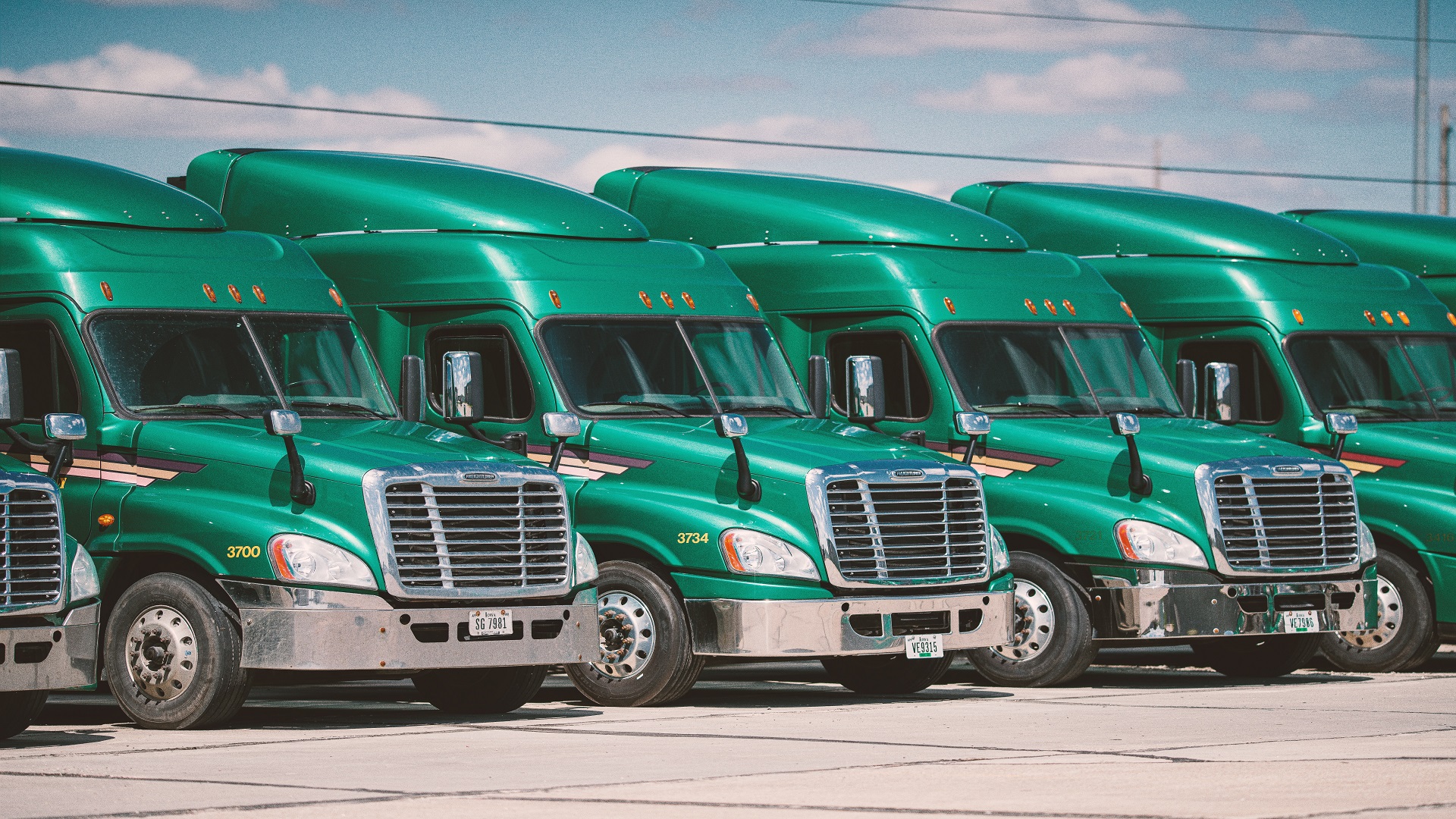Headlines cross our social media feeds, stating “injury crash involving local family and a big rig”, or “multiple vehicle pile-up involving semi truck and failed brakes”. These stories are numerous and occur daily across the country. What do they have in common? A failure by a motor carrier to properly maintain the vehicle. Most carriers have robust maintenance programs. When compared to the millions of daily miles driven by commercial vehicle fleets, crash occurrences are low, but when they occur the consequences can be severe.
Maintenance Procedures
According to the Federal Motor Carrier Safety Regulations (FMCSR), all motor carriers must systematically inspect, repair, and maintain all motor vehicles under its control. These processes are done by an employee of the motor carrier, or a repair facility of their choosing. At a bare minimum, the FMCSR requires each vehicle be inspected once every 12 months by an individual with training and/or experience. Documentation of the required periodic inspection must be on the vehicle. This can be a written report, or a decal indicating when the vehicle was last inspected. The regulations are not specific on additional inspections or maintenance to allow for more stringent fleet maintenance programs or manufacturer maintenance schedules. The motor carrier retains and maintains records of all inspections and repairs for a period of six months.
Pre-Trip Inspection
Additionally, every commercial vehicle driver must perform a pre-trip inspection at the start of each shift. As part of the process in obtaining a Commercial Driver’s License each applicant must demonstrate they are familiar with the pre-trip inspection skills and successfully conduct a pre-trip inspection. The FMCSR states the driver must be satisfied that the following parts and accessories are in proper working order:
- Service brake system
- Parking and emergency brake system
- Steering mechanism
- Lighting devices and reflectors
- Tires
- Horn
- Windshield wipers
- Rear vision mirrors
- Coupling devices
- Wheels and rims
- Emergency equipment (Fire extinguisher, warning devices)
It’s during the pre-trip inspection that drivers will notice if anything is out of sorts. Items that require further investigation by the driver or a mechanic would include:
- Spots or puddles from leaking fluids
- Inability of an air brake system to maintain proper pressure
- Audible air leaks from the brake or suspension system
- A defective or inoperative low air pressure warning device
- ABS malfunction lamp illuminated
- Inoperative lamps
- Tires with low or irregular wear
- Wheels and rims with cracks or loose fasteners
- Worn or defective brake system components
End of Day Report
At the completion of each day, a commercial vehicle driver completes a written report of the vehicle condition, including any defect noted during the pre-trip inspection or at any other time during the shift. A report copy is given to the motor carrier who then makes any needed repairs and signs off. The motor carrier retains a copy of that report for 90 days.
While the instances of mechanical break downs or crashes due to poor maintenance are low, diligence on the part of the motor carrier and commercial vehicle driver can reduce them even further.
At Kittelson LLC we can help with motor carrier vehicle maintenance issues. We provide post-crash forensic vehicle inspections and expert examination of motor carrier inspection and maintenance programs. Additionally, we can assist your clients by providing mock safety audits and training for drivers and mechanics in proper inspection procedures. Don’t hesitate to call us at (979) 693-5800 and let us help you with your case.

